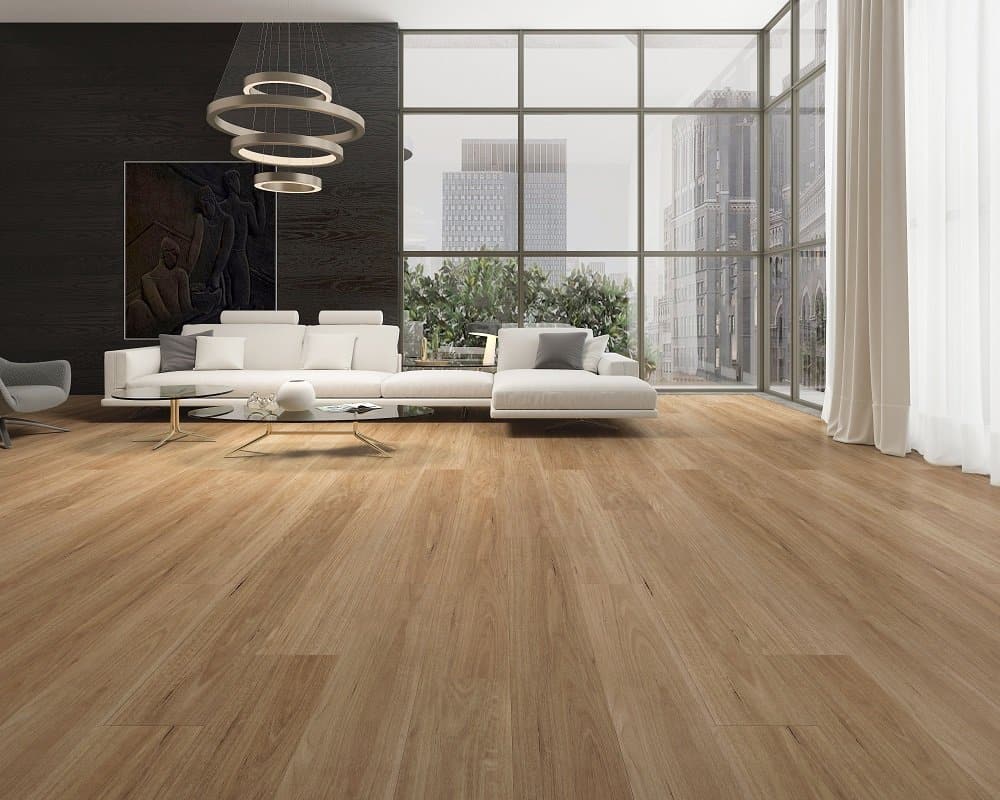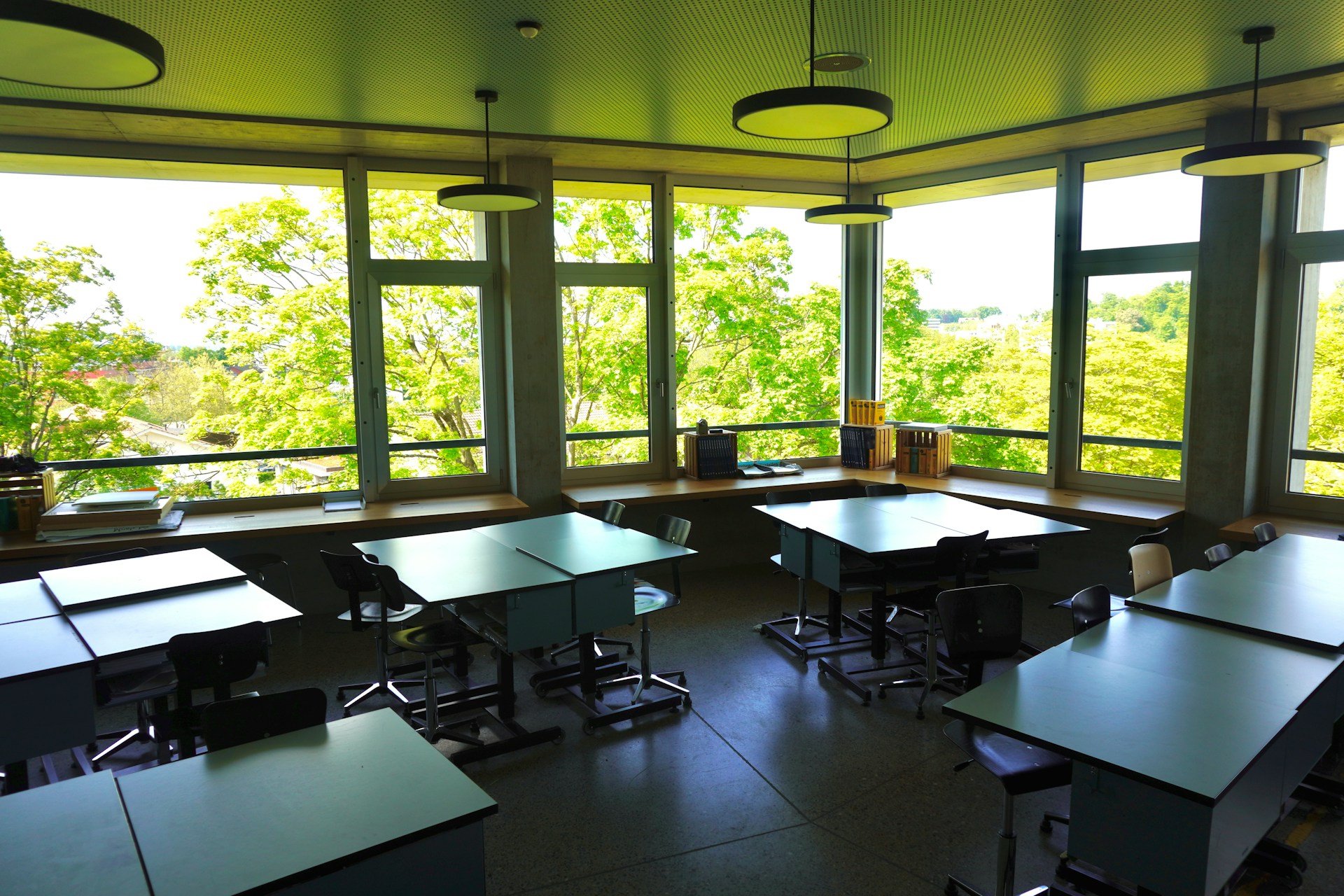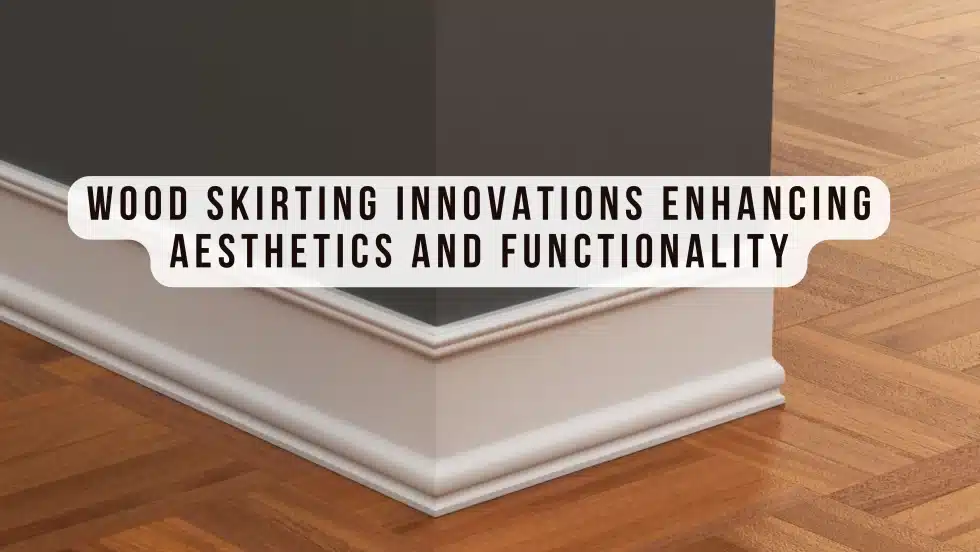The humble skirting board wood has come a long way in recent years. The skirting board once was used as a basic functional border. These included the bottom walls with versatile updates and new trendy styles. In this blog, we will bring to you many innovative skirting board materials and products. These help in the improvement of the appearance of commercial buildings and homes. To enhance the functionality and aesthetics these cutting edge designs are crucial. These also boost the features of commercial and residential spaces.
Updating a Visual Anchor Piece
To enhance the visual style of the space, the skirting board wood has a key role to play. These are abundant wood elements that are visible throughout the home. While plain MDF or pine boards may have served in the past. On the other hand, homeowners now have many more design-forward options to choose from. These help make a feature of this once-simple trim piece. Luxury vinyl, stone, and tile-effect skirting boards offer realistic texture and variety. However, this is without the cost and maintenance of the real materials. Designs include faux stone, brick, and wood grain. These are available in multiple stains and realistic reproductions of dimensional natural stone.
For modern aesthetics, many companies now offer minimalist skirting board wood profiles. in matte black or bold bright colors. These graphic linear accents are a dramatic alternative to traditional wood tones. There are many options available in the new skirting boards. These include concealed power outlets, glass panel inserts, or built-in LED lighting strips. They add practicality and visual interest after dark. There is an array of on-trend styles and materials now available. Thus, the homeowners have the maximum advantage of customization. their skirting boards. These perfectly complement their interior design vision and desired vibe in a space.
Functional Flexibility for Flooring Transitions

Beyond enhancing visual appeal, modern skirting boards also offer clever solutions. These also improve functionality compared to basic options of the past. Sectional skirting boards with mitered corner joints have become standard. It makes fitting rooms and irregular wall shapes seamless. Skirting board wood profiles are no longer restricted to rectangular perimeters. Several manufacturers have developed flexible moldings that can wrap ceiling-to-flooring transitions. For a cohesive outlook, integrate with angled walls, or with window and door surrounds.
A major innovation is multi-purpose skirting boards designed to smoothly transition. It is between different flooring types within a single room or space. Special profiles allow wood, tile, laminate, and carpeted areas to meet up. These are without unsightly cracks or gaps. Recessed cable channels and outlet ports are integrated into the wood. These ensure that the wires are tidily hidden from view as well. These advances allow for much greater creative freedom. It is done when mixing flooring materials without compromising aesthetics or practicality.
Skirting Woods Go Green
There is an increasing demand for more sustainable building products. These include Eco-friendly skirting board wood options. These are composed of recycled, rapidly renewable, and low-emission materials that are increasing. Popular selections include boards molded from recycled composite, bamboo, cork, and wheat straw. These natural and repurposed materials are durable and stable. They give the visual warmth and character of real wood without the ecological impact. They also resist damage from moisture better than traditional wood and MDF skirting.
Many green skirting boards now complement their Eco-credentials. These are included with low or zero-VOC finishes that are safe for indoor air quality. Some manufacturers have even developed skirting profiles made entirely from recycled plastic. it gives a wholly innovative material alternative to standard wood skirting. These are produced using post-consumer and post-industrial waste. Such boards exhibit superior moisture resistance, stability, dent-proof strength, and a hyper-clean look. This is what is beloved by the modern interiors. This is at a time when all while diverting plastic trash from landfills. Today, environmental stewardship is prioritized. As a result, the modern generation of eco-friendly skirting board wood is certain. to gain even wider consumer adoption.
Customization for Commercial Spaces
Commercial buildings and multifamily housing also benefit from advanced skirting board wood solutions. Modern profile options allow for a consistent design language across the facility. through customized lengths, easy joining systems, and factory finishing. Complex mitered corners, curves, and specialty shapes present no difficulty for CNC-cut skirtings. These include commercial-grade materials like fiber cement and rigid PVC. These are known for their durability, enough for high-traffic areas. yet can be specified to match any design aesthetic.
Reputable manufacturers now offer made-to-order skirting boards. The massive catalog includes wood species, stains, and non-wood materials. Complex logos or graphic inlays can even be integrated for defined corporate branding. There is so much potential for highly customized solutions. Thus, commercial architects, builders, and facilities managers have endless new ways. They can now elevate the style, coherence, and impact using skirting board woods.
Maximizing Curb Appeal
A home’s exterior is just as much of a canvas for skirting board creativity and craftsmanship. Fascia boards placed high along the roofline have come into sharper focus. These act as a means of adding texture, shadow lines, and visual interest. Otherwise, the surface will appear flat or plain wall surface. Extruded aluminum boards offer durability and low maintenance. These are available in any type of color or hue. On the other hand, wood-grained fiber cement resists rot and swelling. As compared to natural timber, its factor of resistance is far better than natural timber.
Brick-effect, stone, and wide-plank boards are now commonly used. These also include edge-raised garden beds, framing lush landscaping beautifully. Even skirting pieces specially treated for ground contact can now be used. Their purpose is to skirt lattice fencing, pergolas, and raised decks. All of these occupy the usable space to the maximum. While doing so, they protect structural elements from moisture damage. There is a huge variety of weather-resistant skirting board materials. When available at their disposal, homeowners gain an unlimited potential. This further adds rich detailing and enhances curb appeal. To achieve the results, you need to work through smart exterior trim work.
A few popular eco-friendly options for skirting board wood are as follows:
There are a variety of options for popular eco-skirting boards. These include the ones from recycled/reclaimed materials. Some examples are wheat straw, recycled composites, and bamboo, cork to name a few.
Recycled Composite Skirting Boards

Recycled Composite Skirting Boards are composed of plastics, wood fibers, and other materials. They have the look of real wood but with less environmental impact.
Bamboo Skirting Boards
Bamboo is a rapidly renewable grass and extremely durable. It’s a sustainable alternative to wood skirting boards.
Cork Skirting Boards
The harvest of cork takes place from the bark of cork oak trees. However, during the process, the trees remain unharmed. Hence, it is also a material having good properties of insulation.
Wheat Straw Skirting Boards
These utilize leftover wheat stalks after harvest. The straw is compressed and molded into board form.
Recycled Plastic Skirting Boards
Manufactured from post-consumer and post-industrial waste plastics like HDPE. Very durable and moisture resistant.
Reclaimed Wood Skirting Boards
Made from repurposed and restored old wood floors, beams, and boards. It would otherwise be landfilled.
FSC Certified Wood Skirting Boards
Come from forests managed according to FSC’s strict environmental and social standards. Considered very sustainable
Conclusion
The skirting board wood category continues its innovation streak. With each passing year, it ranges from a variety of areas. These include wet areas like bathrooms to the grandest commercial lobbies. Furthermore, multipurpose trims, flexible jointing, eco-materials, and lighting integration, redefine builders’ expectations. It is helpful in emphasizing style through on-trend textures. This is done by practically transitioning diverse flooring types. Otherwise, it also helps in promoting sustainability through green building. Furthermore, skirting boards are a design element being taken to exciting new levels. With constant product development embracing the latest trends, the future remains bright. Hence, creative applications of new skirting board wood technologies occur throughout the world. These are mostly around homes and structures of all kinds.
Also Read:
Exploring Wood Texture: A Comprehensive Guide to Wooden Flooring Options and Trends
Engineered Wood Flooring: A Smart Choice for Durability and Style
Advanced Installation Techniques for Engineered Wood Flooring




